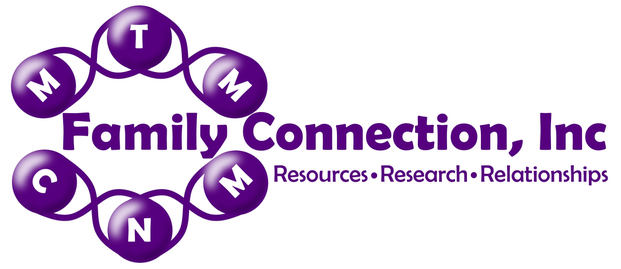About XLMTM
X-linked myotubular myopathy (XLMTM) is a rare, life-threatening neuromuscular disorder that requires early and intensive medical intervention from birth.1 Approximately 1 in 50,000 newborn males have the condition.2 Female carriers of the gene often do not develop typical symptoms; affected girls are typically less severely affected than boys.1
XLMTM is caused by variations in the MTM1 gene that result in the absence or the dysfunction of the myotubularin protein. This protein is critical to support the development, maturation and maintenance of muscle cells. Symptoms of the disease include profound muscle weakness (hypotonia), feeding difficulties, and severe respiratory insufficiency. More than 80 percent of those living with XLMTM require ventilator support, and the majority of patients require a feeding tube for nutritional support.1
The disease also affects other organs including the liver and the nervous system. About 25 to 50 percent of patients, depending on the country of origin, die in the first year of life due to respiratory failure or related complications. In most patients, normal developmental motor milestones are delayed or never achieved.1,3
Currently, these patients are managed with only supportive care, such as the use of a ventilator or a feeding tube.2 The high rates of medical and surgical interventions and hospitalizations for these patients have substantial impact on the healthcare system.
Living with X-Linked Myotubular Myopathy (XLMTM)
The Bushey Family, Ohio
Watch the Bushey Family’s story about living with X-Linked Myotubular Myopathy here:
Patients, families and other relations who are featured on this webpage have provided their consent to share their images, videos and stories in order to help broaden public understanding of the experience of living with a rare disease. The patients received a nominal stipend for their time.
Community Support & Resources
Those who would like to learn more about XLMTM may find it useful to visit the websites of patient organizations and other groups that provide support for the Rare Disease community. The links below provide access to several but not all of the organizations that serve patients and caregivers in this disease state. Astellas is not affiliated with and does not endorse any of the organizations listed below. The information provided by Astellas is for informational purposes only and is not meant to replace the advice of a healthcare professional.
 | MTM-CNM Family Connection |
 | Where There’s a Will There’s a Cure |
References
1. Lawlor MW, Dowling JJ. X-linked myotubular myopathy. Neuromuscul Disord. 2021;31(10):1004-1012. doi:10.1016/j.nmd.2021.08.003
2. Jungbluth H, Wallgren-Pettersson C, Laporte J. Centronuclear (myotubular) myopathy. Orphanet J Rare Dis. 2008;3:26. Published 2008 Sep 25. doi:10.1186/1750-1172-3-26
3. Beggs AH, Byrne BJ, De Chastonay S, et al. A multicenter, retrospective medical record review of X-linked myotubular myopathy: The recensus study. Muscle Nerve. 2018;57(4):550-560. doi:10.1002/mus.26018


